This month it is the turn of Katy Potts to give us an update on the progress of the trainees on the Identification Trainers for the Future project. Since Anthony's review of their first month with us the trainees have progressed onto Phase 2 of their programme, where their species identification training really starts in earnest and we've certainly been keeping them busy!
Trainees puzzling over an identification (l-r: Sally Hyslop, Anthony Roach, Mike Waller & Katy Potts)
The past two months have been both exciting and enlightening in educating us about the world of biological recording and species identification. It was while I was at Plymouth University that I first discovered species identification in an invertebrate taxonomy module with the ever inspiring entomologist Peter Smithers. It was under Peter's guidance and teaching that I fell in love with the six legged insects that run our world. Moreover, it was the passion for taxonomy from Peter that inspired me to delve into this field of biology.
The past two months have been fantastic. We are currently in Phase 2 of our programme where the core identification workshops, Field Studies Council placements and project work are taking place.
We have been welcomed into the Angela Marmont Centre for UK Biodiversity (AMC) in the warmest way possible. After we settled in we were each given a role in one of five citizen science projects: The Microverse (me), Orchid Observers (Mike Waller), The Urban Tree Survey (Chloe Rose), The Big Seaweed Search (Anthony Roach) and The Bluebell Survey (Sally Hyslop). You might have seen posts from some of us on about our projects on the Citizen Science blog.
My role was to work on the Microverse project, which looks at discovering what species of micro-organisms live on buildings in the UK and what environmental factors affect their diversity. In this project, schools are asked to swab buildings made of different materials. They then send the DNA to us at the Museum for analysis. My role in this project is to carry out the DNA extraction in the microbiology labs and then help collate the results to send back out to the schools. Whilst working on this project, I have gained invaluable experience in current methodologies used for DNA extraction, something I was keen to learn but never anticipated doing through the traineeship!
My personal highlight of the traineeship is the identification workshops, which began in April with a two day Bryophyte ID course with Dr Fred Rumsey. During this course we looked at the anatomy of bryophytes, learning about their distributions and status as a group in the UK. We used microscopy to become familiar with a wide selection of species, focusing on the features that define their identification. There was also a field trip organised to Burnham Beeches where we observed a range of bryophytes in the field, from sphagnum mosses to the rare Zygodon forseri (knothole moss).
Sally & Katy hunting for bryophytes at Burnham Beeches
The second identification workshop was on Lichens with Lichenologist Holger Thues. To begin this course we explored the biology of lichens, their anatomy and distributions in the UK. We then went on a field trip to Hampstead Heath to look at a range of lichens that are present in this area, some of which are important indicators of pollution levels.
Personally, I found this an eye opening experience as I come from a part of Devon that is not far from Dartmoor, where I have spent many days walking along the River Dart. Along the riverside and some of the woodlands (such as Whistmans Wood) there is an abundance of lichen species, many growing to be large specimens due to the quality of the habitat. Seeing the effect that pollution has on the growth forms of the same species of lichen in London was very interesting.
When back in the museum, we spent some time in the cryptogrammic herbarium where we used a range of keys to begin learning lichen taxonomy and microscopy for identification. This included using chemical tests and cross-section microscopy to aid species identifications.
Chloe and Katy looking for lichens
Mike and Chloe back in the lab working on their lichen identification
As the weather begins to warm and the field season begins, many different wildlife groups are emerging and buzzing around. This ignited the desire in all of us to learn field survey techniques. As part of our environmental consulancy module we looked at methods for surveying different groups of wildlife. We were lucky enough to have the chance to survey newts in the Wildlife Garden here at the Museum. Steph West (the Project Manager for the ID Trainers project who has previously worked as an ecological consultant) supervised us while we undertook dusk and dawn newt surveys where we learnt key methods for newt trapping and releases as well has how to identifiy the different species.
Collecting our newt bottle traps in the Wildlife Garden.
During the sunnier days in London when we have some free time we are able to retreat into the Wildlife Garden to observe and collect insects. The garden is very diverse with a wide range of UK habitats that support a number of different wildlife groups. This valuable resource allows us to collect specimens and gain experience in identifying them. We are then able to incorporate them into our own collections which we can use as an identification reference. When out in the field we are also encouraged to collect specimens to support our work in identification. I have recently been working on identifying a wood ant I collected whilst out on a field trip:
Formica sp. ant I have been identifying
There are many more workshops and events to look forward to over the next month: Coleoptera, Flowering Plants, Dipetera and Earthworms are all coming up. For the last part of May however we are all on placements with the Field Studies Council for one week. I will be heading to the FSC centre in Rhyd-y-creuau in Snowdonia at the end of May assisting on courses on tree identification, arctic alpine flowers and a school Geography field trip.
Thank you Katy! Next month we'll be getting an update from Mike Waller on how those placements have gone, as well as some of the workshops and events that the trainees have been working on.



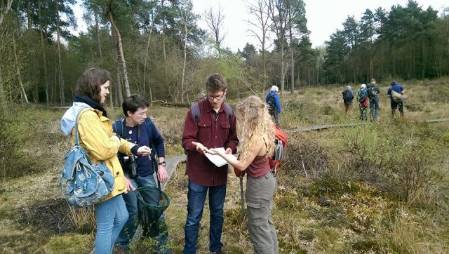
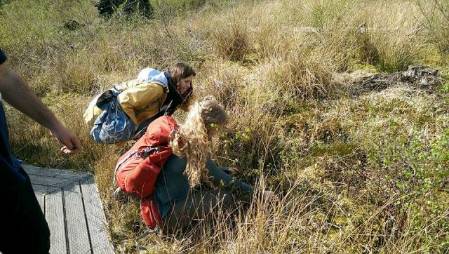
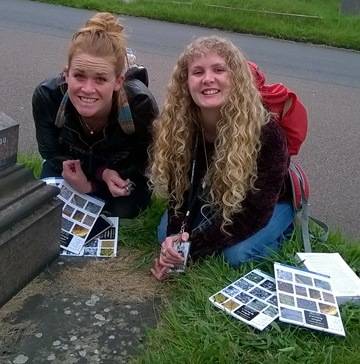
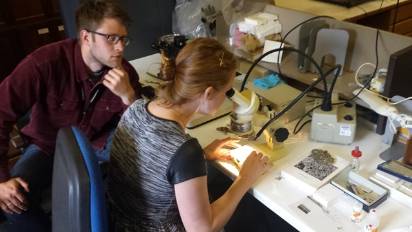
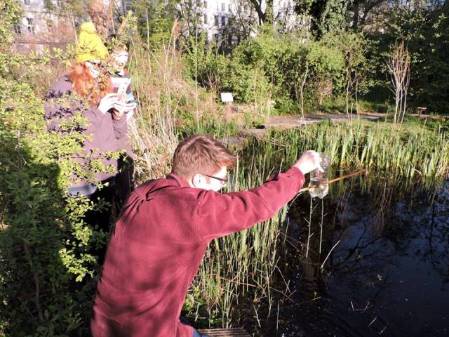
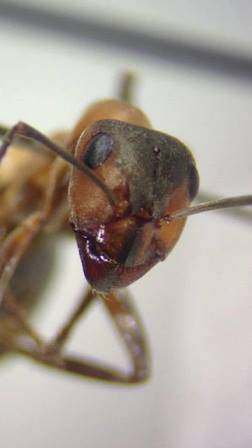
.jpg)